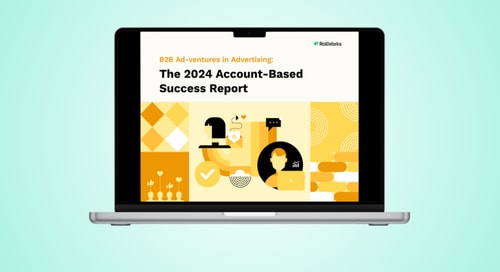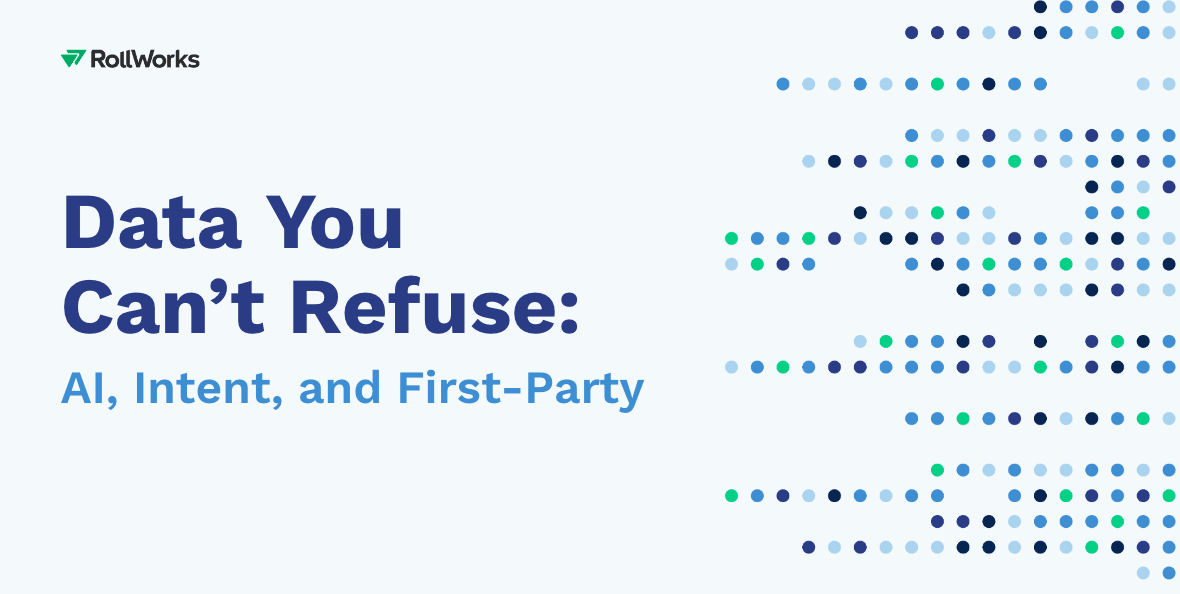Digital marketing has experienced a significant shake-up recently, with user privacy concerns and the potential phase-out of third-party cookies (3PC) leading the charge. However, Google has recently announced its decision to no longer deprecate third-party cookies, which is a pivotal update for marketers. In this blog post, we'll dive into the top insights and strategies from industry experts on how to navigate this shift.
The Journey Towards a Privacy-First Web
The Privacy Sandbox initiative, launched by Google in August 2019, marks a significant step in the journey towards a more privacy-conscious web. This initiative aims to develop new technologies that both protect user privacy and enable effective advertising. Over the past few years, we've seen the evolution of tools like FLoC (Federated Learning of Cohorts) and FLEDGE (First Locally-Executed Decision over Groups Experiment), which have now been replaced by the Topics API and the Protected Audience API.
While Google's recent decision to maintain third-party cookies may seem like a reversal, the broader trend towards privacy-first technologies remains strong. The Privacy Sandbox continues to underscore the importance of adapting our marketing strategies to remain effective in a privacy-first world.
Why This Matters for Marketers
Great marketing hinges on three core principles: identifying your audience, engaging them effectively, and measuring the impact of your efforts. The ongoing evolution of privacy-first technologies affects the first and third principles—targeting and measurement.
Targeting: From Individuals to Cohorts
Historically, marketers could track individual user behavior across multiple websites to deliver personalized ads. However, with the new privacy-first approach, we are transitioning from individual targeting to cohort-based targeting. Instead of tracking individual users, we now group users into cohorts based on their interests and behaviors. This shift necessitates a new way of thinking about audience segmentation and targeting.
Measurement: Beyond Clicks
Measurement has traditionally relied heavily on click-based metrics. However, as we move towards a privacy-first environment, it's essential to adopt a more holistic approach to measurement. Research by Forrester indicates that many user actions influenced by ads are not captured through clicks alone. For instance, users might search for a company featured in an ad, visit the advertiser's website later, or share the ad's message with colleagues. Understanding these behaviors requires a broader measurement framework that goes beyond clicks.
Adapting Your Marketing Strategy
With the deprecation of third-party cookies and the shift towards privacy-first marketing, here are two key strategies to consider:
1. Evolve Your Audience and Data Strategy
To adapt to these changes, it's crucial to focus on zero-party and first-party data. Zero-party data is information that users voluntarily share with you, such as preferences, intentions, and personal information collected through interactive content, surveys, and contests. First-party data is information you collect directly from your audience through their interactions with your website and other owned channels.
In addition to zero-party and first-party data, leveraging second-party data and creating an identity graph can enhance your audience understanding. Second-party data is data that you obtain from a trusted partner, typically another company that has collected this information directly from their audience and is willing to share it with you. This is where partnering with companies like RollWorks becomes invaluable. RollWorks can help you gather second-party data and build a comprehensive identity graph, ensuring you can still reach your business buyers effectively.
2. Rethink Measurement Frameworks
Given the limitations of click-based metrics, evolving your measurement strategy is critical. Adopt a broader perspective that encompasses various user actions influenced by your marketing efforts. For instance, consider metrics like brand searches, website visits, and shares of your ad content.
Source: Forrester Q4 2021 B2B Advertising Trends Survey
Research by Forrester involving over 40,000 participants highlights the importance of this broader approach. The study found that many users take actions such as searching for a company or sharing an ad's message without clicking on the ad itself.
To track the sharing of an ad's message without clicking on the ad itself, you can utilize social listening tools and analytics platforms that monitor social media and online mentions of your brand and ad content. Additionally, URL shorteners and tracking codes can help identify when users share the ad's message independently. By capturing these behaviors, you can gain a more comprehensive understanding of your marketing impact.
Embrace a Privacy-First Future
By focusing on zero-party and first-party data, leveraging second-party data, and adopting a holistic measurement framework, we can ensure our marketing remains effective and relevant while respecting user privacy. Remember, it's not just about collecting data, but about creating positive experiences and building trust along the way.
The journey towards a privacy-first web is ongoing, and staying connected with the marketing community will help us learn and grow together. As we embrace these changes, we can create a more trustworthy and impactful marketing landscape. Don't let your strategies be a ship without a compass—request a demo with RollWorks today and chart your course towards more meaningful connections and innovative marketing solutions.
About the Author
Follow on Linkedin More Content by Alysha Parker, Content Marketing Manager


































